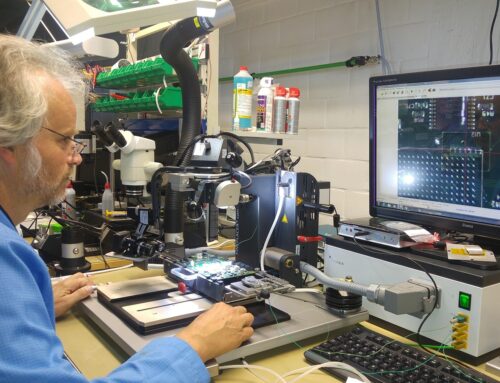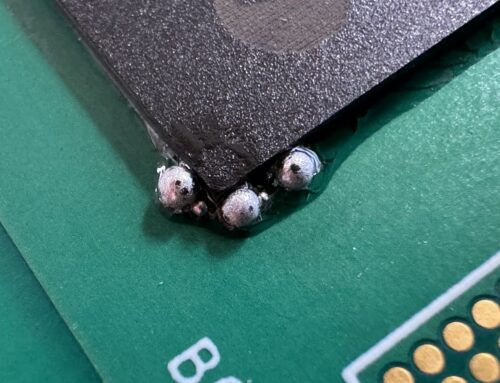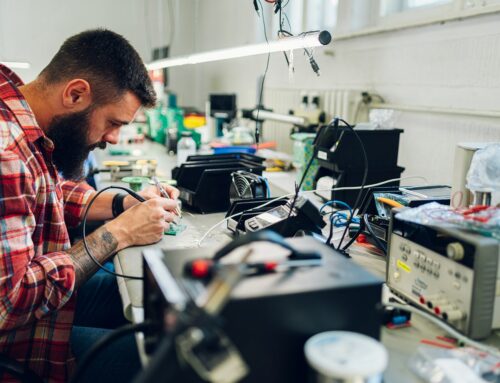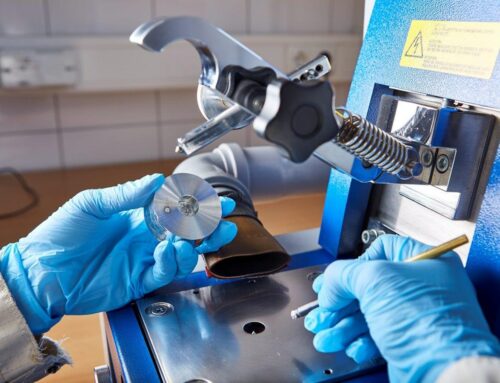IPC/WHMA-A-620D, Requirements and Acceptance for Cable and Wire Harness Assemblies, is the most important process, materials and inspection standard for the cable and wire harness industry at the moment. In the latest version, the D Revision, which was published in January 2017, IPC has managed to update many criteria and insert new pictures. It describes materials, methods, tests and acceptability criteria for producing crimped, mechanically secured, or soldered interconnections and the related assembly activities associated with cable and harness assemblies.
Even though the D Revision is the latest version of the document, IPC states that the use of the newer revision is not automatically required. The decision which revision to use rests with the customer who orders the wire harness products.
Like all IPC standards the IPC-A-620 is developed and reviewed by a working group with members from a variety of companies and organisations in the electronics industry. Here we find people working at Wire Harness manufacturers, suppliers of materials and equipment, training centres, OEMs and EMS companies. It is their knowledge and experience that nourishes this document, thus being a true industry standard. The IPC/WHMA-A-620, however, takes a slightly different approach, since it is co-developed by IPC and WHMA, the Wire Harness Manufacturers Association.
Although one of the typical applications of the IPC/WHMA-A-620 is to be used as a reference for in-process and final inspection purposes of wire harnesses, it can be used as a single document for the purchasing of wire harnesses as well. To ensure consistent quality levels during the manufacturing of wire harness products, the document’s intent is to rely on process control methodology.
In the introduction section the IPC/WHMA-A-620 deals with topics such as product classification, inspection conditions, terms and definitions, personnel proficiency, inspection methodology, lighting, magnification aids, facilities, ESD considerations, tools and equipment, and materials and processes. Requirements for the maintenance of tools and equipment as well as calibration are to be found in here as well. Contamination, rework and repair are dealt with as well.
Studying this section gives you a good overview of the process requirements for the wire harness manufacturing processes. Utilizing these criteria in your organisation will give you a good preparation for audits related to the IPC-A-620 and general production process parameters.
Further topics in the IPC-A-620D are methods and criteria for stripping of wires, materials and equipment used for soldered terminations, criteria for inspection, criteria for crimped terminations and isolation displacement connection criteria. Ultrasonic welding, splices, connectorisation and over-moulding / potting are covered too. The correct measurement of cable assemblies and wires and tolerances are described. Also the chapters on marking / labelling, coaxial and biaxial cable assemblies, securing, electrical shielding, protective coverings and finished assembly have been slightly changed. Testing is still one of the topics.
If you consider using the IPC/WHMA-A-620 document it may be a good idea to learn all the ins and outs by attending an IPC/WHMA-A-620 certification course based on them. These certification courses are provided by PIEK on a regular basis and will increase your knowledge level. Furthermore, training will help you to use the criteria correctly and avoid misinterpretation, which may well save time and money. Benefit from the extensive experience the PIEK trainers have in the use of these documents in daily practice and avoid the pitfalls in daily life caused by misinterpretation.
To get even more out of the training sessions, you could also opt for the additional hands-on module. Even though this is not part of the regular training, it is on offer and gives participants the possibility to practise and become familiar with the basics of wire harness manufacturing like soldering and crimping.






